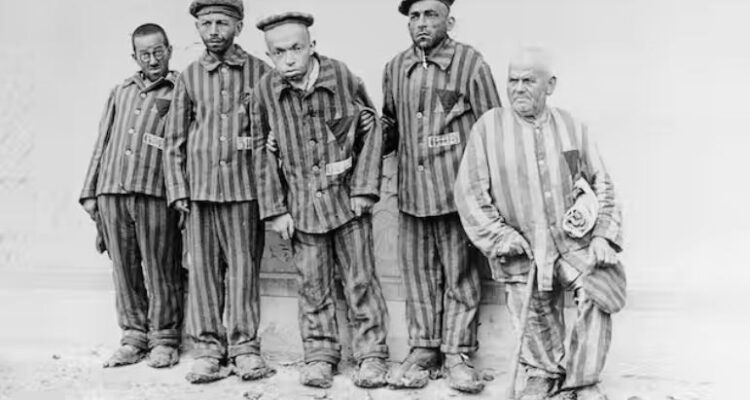When Dominic Perrottet admitted to wearing a Nazi uniform to his 21st birthday party, he apologised to Jews and veterans – but not to the other groups who were persecuted by the Nazis, including disabled people.
However, disabled people were the first victims of the Holocaust. They were murdered in a number of Nazi programs specifically targeting them, as well as those that targeted Jews, Sinti, and Roma.
In 2023, International Holocaust Remembrance Day marks 90 years since the Nazis assumed power, and immediately began their persecution of everyone they thought of as “inferior”.
The Nazis frequently described disabled people as “useless eaters”, “empty human shells”, and “life unworthy of life”. They chose these labels to evoke images of people who were incapable of doing anything, and so needed to be kept in institutions for their entire lives, wasting the tax dollars of non-disabled people.
A suite of policies implemented by the Nazis forced disabled people out of German society and into institutions, where they worked until they were murdered.
In early 20th-century Germany, most disabled people lived in the community. In the mid-1920s, a national government survey of disabled people (the only one conducted during that era) found that few disabled people lived in institutions permanently. In fact, only a minority of disabled people lived in institutions at all – and this was often for education or rehabilitation, when they were young.
Read the article by Amanda Tink (Western Sydney University) on The Conversation.

